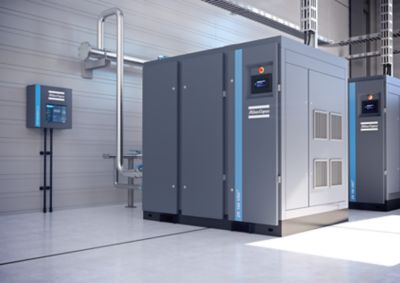The importance of identifying the causes of leaks in you compressed air system
Leaks are little problems that can add up to big financial losses. A leak of just 3/8-inch operating at 100 psig can cost an operator upwards of $36,000 per year. But leaks don’t have to break your compressed air budget. By preventing leaks before they start, you can save your operation money in the long run. Take a look at these common—yet often overlooked—causes of leaks.
Installation and sealing: Leaks can form even before compressed air is flowing through the system. Pipe fittings may develop leaks due to poor sealing, and air cylinders may leak around the rod seals or piston packing if improperly installed.
Materials: You know the saying—buy cheap, buy twice. The same goes for piping system materials. While low-quality materials may save money initially, they are more susceptible to damage from external or internal forces. (Think accidental bumps or corrosion from condensation build-up.) Cheap can cost you more in the end.
External damage: Air compressors are often housed in busy spaces. Lift trucks, pallet jacks and other material-handling equipment may bump a pipe connection occasionally, causing the fittings to crack. If your air system is in a high-traffic area, be sure to check often for external damage.
Human error: We’ve all forgotten to turn something off. Maybe it was the television, or the sink, or, *gulp* the oven. But when it comes to pneumatic applications, failing to shut-off leaking tools or neglecting to close valves can pose a hazard to workers and to your wallet. Following standard protocols is an easy way to remove human error from the leak equation.
Don’t forget that at the end of the day, air equals money; if you spend a little time checking your system now, you might find large savings later.

